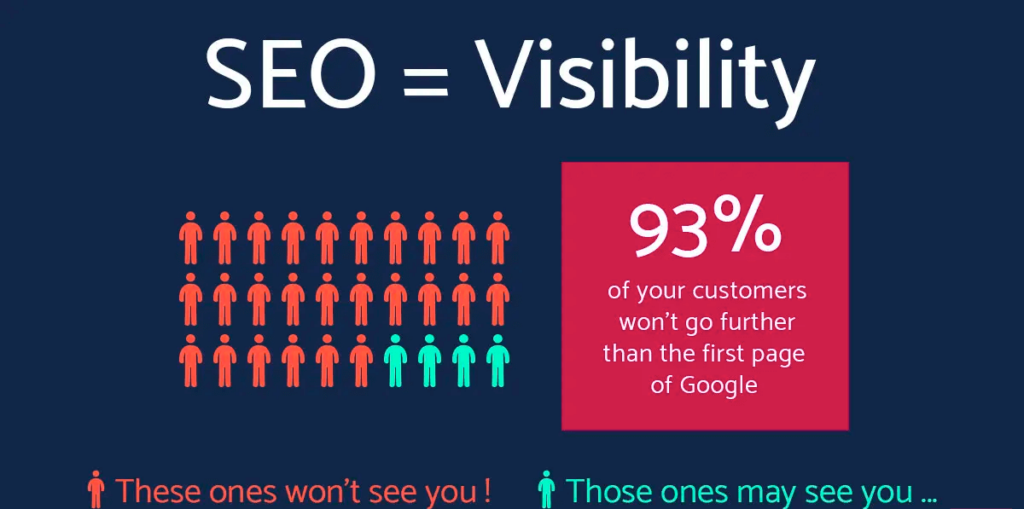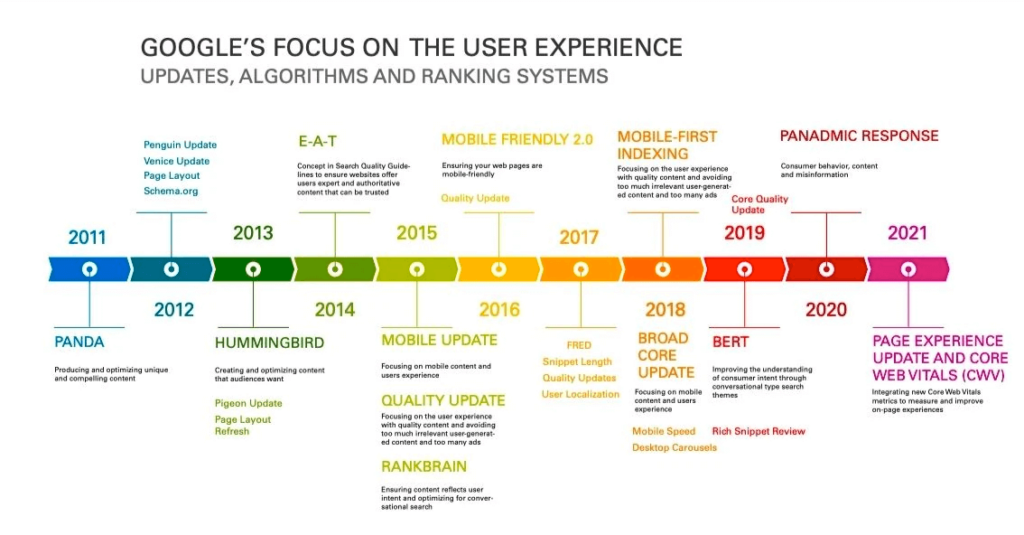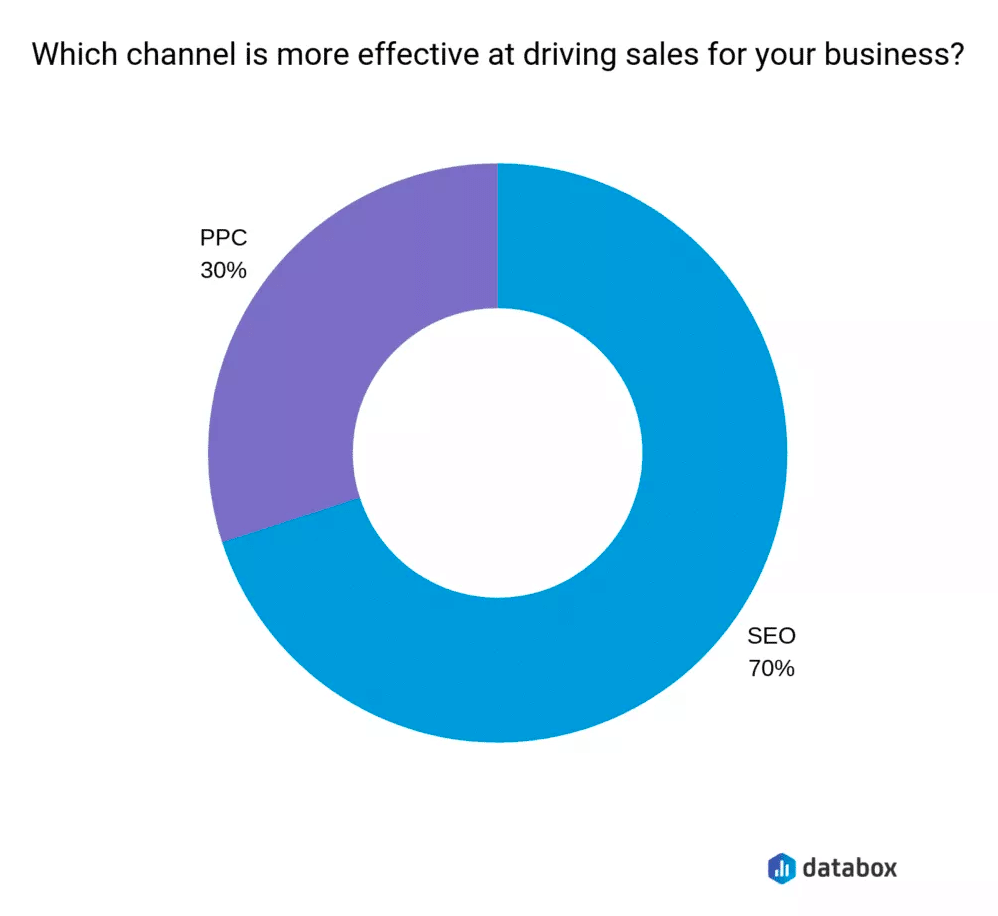
Search Engine Optimization (SEO) comes up in just about any conversation relating to digital
marketing, and for a good reason. SEO does more than communicate with Google and other
search engines. It is a complex, critical element of every business’s marketing strategy.
According to digital growth expert Scott McGovern, SEO is a powerful tool for any company,
whether a new start-up or a well-established enterprise.
While it’s true that SEO improves your website’s search rankings and increases traffic to your
site, it also captures valuable consumer data. That data becomes food for your marketing efforts,
helping you understand your customers and improve user experience. “Once you figure out the
consumer, you can decide how to convert them,” states McGovern. SEO is also an element that
delivers your brand and company mission to customers.
Read on for a brief overview of SEO, how it works, and how you can make it work for your
business.
What Is SEO?
The briefest explanation of SEO is that it optimizes your online visibility. The more people see
your website, the greater the increase in your online traffic. More traffic means more
opportunities for visitors to see your products or services. Finally, more visitors mean more
opportunities to convert visitors to customers.
SEO is how Google determines which sites rank higher for each query sent through its search
engine. Without SEO, it would be too easy for companies to manipulate the search results, so
their sites stay in the highest position. SEO keeps this from happening by restricting the ability to
manipulate search results. The websites ranking the highest are those that appeal to visitors and
provide a positive user experience.
Users trust Google and the other major search engines, though Google is considered the leading
authority on search engine rankings. So, holding one of the top spots on a Google search results
page lends to the website’s credibility.
Consider this: A Google search page lists ten results, excluding ads. Users will likely click on
one or more of these results and not advance to the following search pages. Why? Because those
first ten results probably contain the information they are looking for. So, you want any
prospective customers to land on your website first; otherwise, you lose that opportunity while a
competitor gains a new customer.
In short, SEO allows you to answer potential customer questions through search results. Further,
as your business gains visibility and traffic, your company presence becomes more robust,
leading to more potential customers as well as brand trust and brand loyalty. Not only do you
gain new customers, but you establish a thriving community and long-lasting business
relationships with community members.

How SEO Works
SEO combines the principles of quantity and quality. The stronger your website is, both in its
outward and backend structure, the more search engines will increase search rankings. Some of
the most basic elements of SEO are keyword analysis, backlink building, and content creation.
By focusing on the quality of your keywords, links, and tailored content, you can fortify your
digital marketing strategy in a way that yields long-lasting results.
Analyzing and Placing Keywords
Keywords have the power to control your business’s online rankings. Keywords are single words
or phrases that users frequently use when searching for products or services. If you haven’t
already, take some time to research keywords that apply to your business and be sure they appear
in strategic places throughout your content. Your content is likely already high quality, so adding
proper, frequently searched keywords leads users to it.
Keywords are just one of the reasons you need SEO. Prospective customers search using specific
words and phrases. If you’ve done your research and incorporated targeted keywords into your
content, you’ll increase your visibility because you’ve provided an answer to your prospective
customers’ queries.
Building Strategic Backlinks
Backlinks within your company website link to other quality websites. The goal is to improve
your site’s credibility by linking to other credible sites that relate to your niche or area of
expertise. Strategically placed backlinks show that your organization is up to date on industry
trends and current events.
Take care with backlink building. It’s one thing to cite sources and another to borrow too heavily
from them. Plagiarism, even if accidental, can compromise your credibility.
Creating Compelling Content
At the center of any SEO endeavor is content. This is where all your efforts are realized.
Whether written, visual, or audio, your content is how you deliver your message to your
customers. All your keywords, backlinks, and other media combine to engage new and existing
customers. At the same time, your content represents your brand and sets the tone for the
company’s marketing message. Quality content enables you to rise as an authority in your niche
and build trust, community, and consistency with your audience. The right content synthesizes
the human emotional appeal of a customer-driven enterprise with the data-driven analytics
needed to optimize SEO. In simpler terms, good content appeals to customers and targets their
needs.
While all content delivers a message, the media types and platforms are limitless. You can
deliver your content as blog articles, web copy, videos, podcasts, live streams, short social media posts, subscriber newsletters, and infographics. The more relevant and compelling the content, the more engaging, and the more it drives your SEO.
What SEO Can Do for You
When learning how SEO works, you inevitably hear how the results are increased traffic and
visibility for your website. While this is absolutely true, there are other benefits to optimizing
SEO for your business, all of which lead to brand loyalty.
Building Customer Trust
SEO and user experience are symbiotic in nature. SEO helps your business because it builds trust
organically, and user experience is how that happens. User experience describes how your
customers interact with your website. When customers have a positive experience, they continue
to interact. Your website receives more web clicks, your traffic increases, and your SEO
improves. Improved SEO means higher search engine rankings, which pushes you closer to (or
higher up on) those top ten Google search spots.
What defines user experience? That involves many factors, though site navigation and web
design are the most significant ones. Visitors and customers should be able to move through your
website easily to find what they want. Site navigation is part of your site’s web design. Your site
should look great and function well. Aesthetically, the site should be inviting, set the appropriate
tone for your company’s mission, and have precise branding so that users clearly see that they are
interacting with your brand.
All these factors ensure that your users’ experience is pleasant and inviting. When it all comes
together, this winning mix of powerful SEO and user experience builds inherent trust from your
customers. The term we use for this is organic trust because it doesn’t come from paid
advertising. Instead, it comes from organic searches that yielded results without any pop-up ads
or other redirects. How often have you skimmed a search results page and skipped over the
results tagged with the word “ad”? Most people do because they prefer the search results that
match their query rather than the paid advertisements.
The user was looking for something in particular, and because you employed proper SEO, their
search led directly to your website. Another term for this is organic traffic. Over time, you will
continue to optimize your SEO, organic traffic, user experience, and overall digital marketing
effectiveness. In fact, research has found that employing SEO to increase organic searches is the
most sustainable digital marketing strategy because the returns steadily increase over time, and
the benefits extend years and months into the future.

Visibility Builds Clientele
If your website appears in user searches, you are adeptly communicating that you have what your
prospective customers searched for. Customers will find you based on the products or services
they need. Here is where those keywords come into play. When the correct keywords appear in
strategic places on your website, visitors are engaged, and many become customers. Of course, they cannot engage until they find you. Having good SEO means that you are more visible during searches, allowing potential leads to see your website and explore what you have to offer.
Organic Searches and Click Share
In simplest terms, click share is an estimate of all the clicks your company website receives.
Typically, you can review this as part of your search and shopping campaigns. It is one metric
you can use to measure your SEO effectiveness. The better your SEO, the more click shares your
website receives. Further, organic results receive more click shares.
You can use this click share data for search and shopping campaigns, including ad groups,
keyword search campaigns, shopping attributes, and product groups. One concept to keep in
mind is that your content must make an impression to receive clicks. As you may have guessed,
making an impression has everything to do with quality SEO. Click shares are based on your
website’s visibility and the digital footprint it leaves behind.
A Note About Paid Searches
While we have discussed organic searches in great detail, Search Engine Marketing (SEM) is an
essential component of digital marketing. SEM is paid search marketing like ads and pay-per-
click marketing campaigns. SEM has its benefits and plays a vital role in any company’s digital
marketing strategy. Paid search campaigns are best used to market to your target audience. While
your ultimate goal is organic search, SEM has its place and should not be disregarded altogether.

Local SEO
SEO is a pathway for general visibility; however, if you wish to appeal to a local market, you’ll
want to include local SEO in your digital marketing strategy. Suppose your company serves a
local population or has multiple locations serving many communities. In that case, geographical
location is part of the search terms people use to find companies in their area. Logically, your
location contributes to your online visibility. Customers often add their city to the search terms
or simply add the phrase “near me.”
Be sure you increase your local SEO along with other SEO elements, including video marketing.
According to the Search Engine Journal (SEJ), video marketing is a powerful tool for local
businesses because it gives potential customers a chance to see and hear you using popular media
platforms like YouTube, Tik Tok, and others.
Putting SEO and Digital Marketing to Work for You
Developing and strengthening your digital marketing strategy can be somewhat overwhelming.
For smaller businesses, there are free tools you can use. However, the do-it-yourself-SEO
approach can be daunting. As a business owner, you realize that SEO is essential, yet how do
you begin? As your company grows, your SEO strategy must change in order to expand your
reach. At some point, you may need assistance from a full-service SEO company.
At Searched and Found, we have become experts in the digital marketing field by gathering a
team of knowledgeable SEO professionals. We take a focused, data-driven approach to help you
fortify your digital marketing plan to include robust SEO. We know how to use research data to
build or modify your website to improve user experience and increase traffic to your site.
Combined with data analysis, we keep up to date with the latest search engine intelligence, so
you don’t have to. We can recommend and implement the best, most ethical ways to improve
your search engine rankings in a way that yields results while complying with Google’s search
engine guidelines. If you’ve heard the term White Hat SEO, know that we hold those principles
close and deploy only the most ethical SEO techniques based on data analysis. We never turn to
the illicit Black Hat SEO techniques like keyword stuffing. Such tactics may produce short-term
results but undermine your company’s goals of building trusting relationships with customers.
Reach Out
In summary, SEO is a data-driven approach that, when done right, enhances the quality of your
company’s digital marketing strategy, increasing your website’s online visibility and traffic. The
benefits of SEO are far-reaching and worth the time it takes to complete the analysis required to
fine-tune your digital marketing plan. Strong SEO promotes your brand, drives visitor traffic,
increases customer engagement, and creates a rich user experience.
SEO is also an ever-changing practice that requires constant research into the most current trends
and technologies. At Searched and Found, we do the industry research and personalized analysis
for you so you can concentrate on what you do best.
Please visit our Services page to see all that we have to offer. Contact us today to discuss how we
can best meet your digital marketing needs.